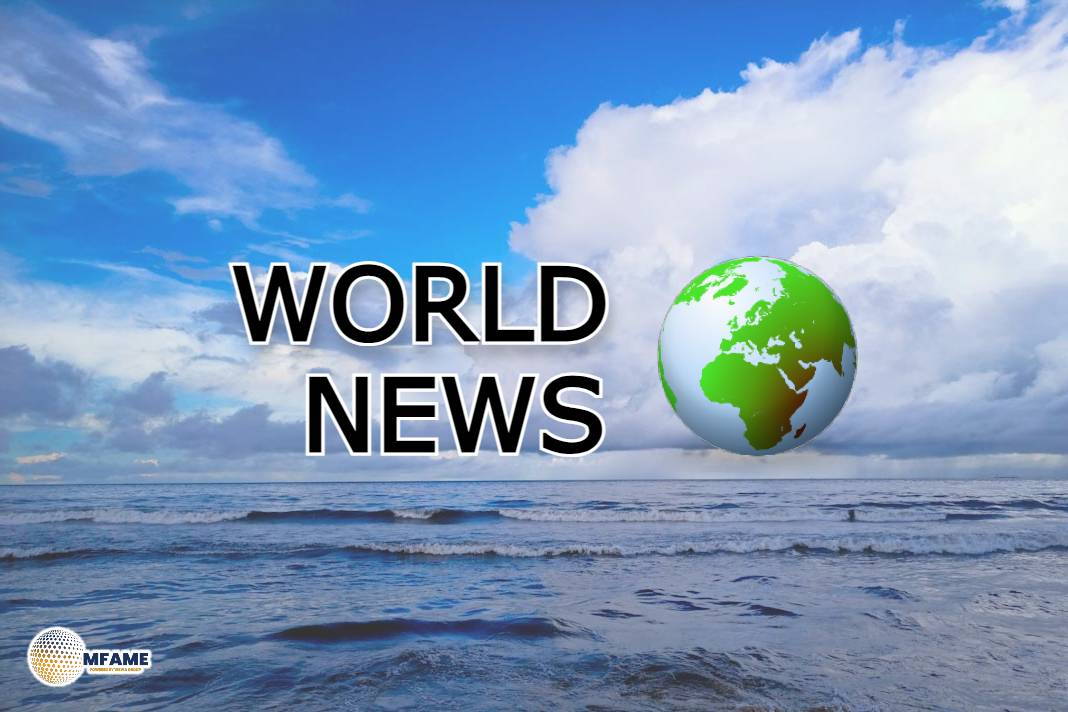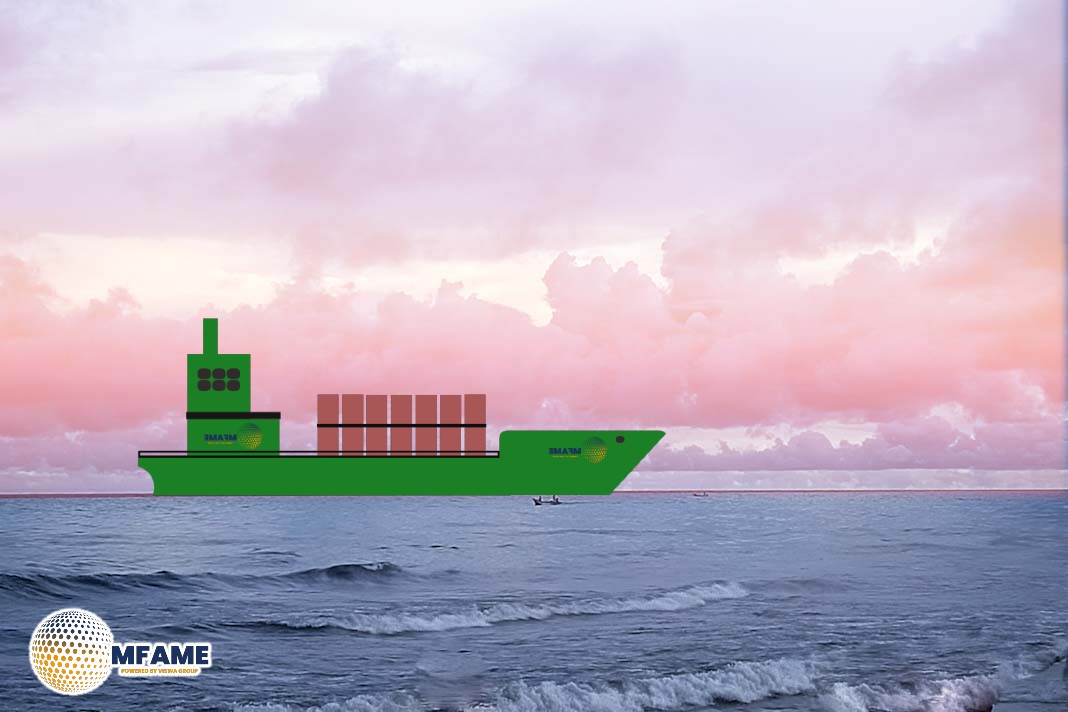- Panama rejects White House claims about changes to canal transit fees.
- President Trump continues to push for US control over the vital trade route.
- The US Secretary of State urged Panama to address China’s influence over the canal.
Panama has firmly rejected claims that it made changes to allow US government vessels to transit the Panama Canal without charge. This comes after the White House stated that such a move had been agreed upon, reports BBC.
Panama Denies Free Transit for US Government Vessels
The US State Department had previously stated on X (formerly Twitter) that US government vessels “can now transit the Panama Canal without charge fees, saving the US government millions of dollars a year.” However, the Panama Canal Authority (ACP) quickly responded, stating it had not made any changes. The ACP emphasized that it is “empowered to set tolls and other fees for transiting the canal,” and clarified that “it had not made any adjustments to them.”
Trump’s Interest in Reclaiming the Panama Canal
US President Donald Trump has always been vocal about his desire to reclaim the Panama Canal, which he considers essential to world trade. The 51-mile (82km) Panama Canal, which runs through Panama, is the vital link between the Atlantic and Pacific oceans.
Marco Rubio’s Demand for Immediate Action on Canal Control
Secretary of State Marco Rubio, currently on a diplomatic visit to Latin American countries, has called for Panama to make “immediate changes” to counter what he perceives as China’s influence over the canal. Rubio said that if Panama failed to act, the US would take “necessary measures to protect its rights under a treaty between the two countries.”
During his visit to Panama, Rubio met with President José Raúl Mulino and the canal’s administrator, Ricaurte Vásquez Morales, to discuss the issue.
Panama Canal Authority’s Response and Commitment to Dialogue
In response to Rubio’s demands, the Panama Canal Authority issued a statement saying it remains “empowered to set tolls and other fees for transiting the canal” and has not altered any charges. The ACP also mentioned that it has conveyed its intention to collaborate with the US Navy to “optimise transit priority for its vessels through the canal.” This commitment to continued dialogue with Washington remained in place, according to the ACP.
The Panama Canal is a crucial route for US shipping, with US vessels accounting for a significant portion of the traffic. In 2024, the ACP reported that 52% of transits through the waterway involved ports of origin or destination in the United States.
Trump’s Previous Claims and Rejection by Panama
President Trump has previously accused Panama of “breaking” a promise to maintain neutrality over the canal, claiming that China is operating it. In his inaugural speech, Trump stated his intention to “take back” control of the canal, labeling the situation a “big mistake.” However, Panama’s President José Raúl Mulino has strongly rejected these claims. Mulino stated that the canal “is and will remain” in Panama’s hands and dismissed the idea of China having any influence over the canal’s administration, saying there is “no presence of any nation in the world that interferes with our administration.”
The History of the Panama Canal and US Control
The Panama Canal was originally constructed by the US in the early 20th century, but after decades of protests, President Jimmy Carter signed a treaty in 1977 that set a path for Panama to gradually regain control. This agreement has been a point of contention for Trump, who has often referred to it as “a big mistake.” Despite this, Panama has firmly maintained that the canal remains under its sovereign control.
Did you subscribe to our daily Newsletter?
It’s Free Click here to Subscribe!
Source: BBC


















